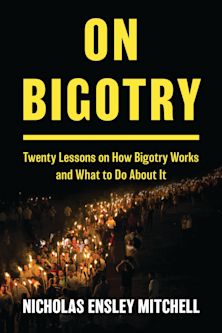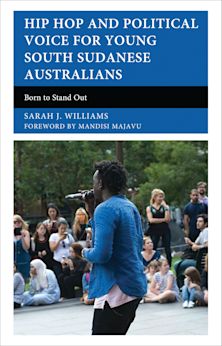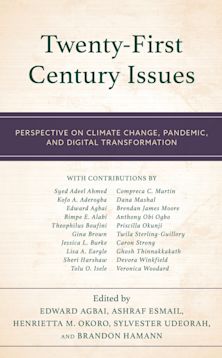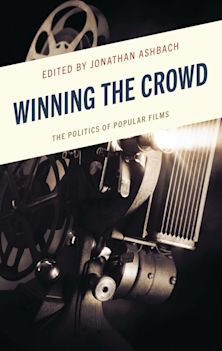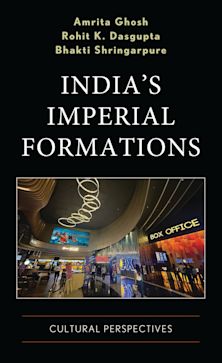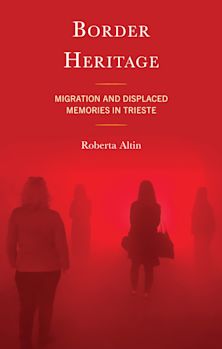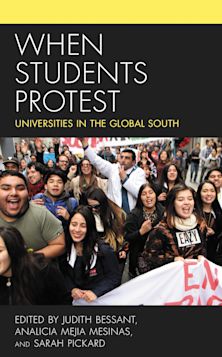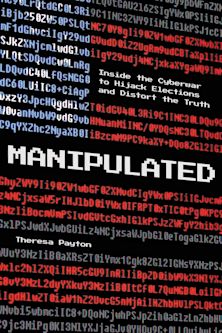- Home
- ACADEMIC
- Politics & International Relations
- Politics - Other
- The Presidency Then and Now
The Presidency Then and Now
Phillip G. Henderson (Anthology Editor) , Phillip G. Henderson (Contributor) , Forrest McDonald (Contributor) , David N. Mayer (Contributor) , Mark Rozell (Contributor) , Joseph R. Avella (Contributor) , Gary Gregg II (Contributor) , Raymond Tatalovich (Contributor) , Travis Cook (Contributor) , Scott Yenor (Contributor) , Shirley Anne Warshaw (Contributor) , Graham Dodds (Contributor) , StephenJ McKenna (Contributor) , Richard J. Ellis (Contributor) , andKeith E. Whittington (Contributor)
- Textbook
The Presidency Then and Now
Phillip G. Henderson (Anthology Editor) , Phillip G. Henderson (Contributor) , Forrest McDonald (Contributor) , David N. Mayer (Contributor) , Mark Rozell (Contributor) , Joseph R. Avella (Contributor) , Gary Gregg II (Contributor) , Raymond Tatalovich (Contributor) , Travis Cook (Contributor) , Scott Yenor (Contributor) , Shirley Anne Warshaw (Contributor) , Graham Dodds (Contributor) , StephenJ McKenna (Contributor) , Richard J. Ellis (Contributor) , andKeith E. Whittington (Contributor)
- Textbook
Buy from Bloomsbury eTextBooks
You are now leaving the Bloomsbury Publishing website. Your eBook purchase will be with our partner https://www.vitalsource.com.
Your credit card statement will show this purchase originating from VitalSource Technologies. They will also provide any technical assistance you might require.
You must sign in to add this item to your wishlist. Please sign in or create an account
Description
In The Presidency Then and Now, leading political scientists and historians assess the development of the presidency and its role in today's political landscape. The questions addressed in this wide-ranging volume include: How has the doctrine of separation of powers evolved? How have presidential campaigns and presidential oratory influenced the constitutional character of the institution? How does the scandal-driven press coverage of the post-Vietnam and post-Watergate presidency compare with the partisan press of the early republic?
Among other topics, the contributors examine the early precedents and modern manifestations of the executive veto, executive privilege, and presidential use of force doctrine, and chart the shift from a constitutionally circumspect and constrained chief executive toward the modern notion of a plebiscitary presidency. The Presidency Then and Now assesses several key trends in presidential leadership including the recent movement toward a policy-centered presidency in which detailed policy development has at times supplanted broad vision and historically informed judgment. Other essays address such topics as the transformation of the Cabinet from a body whose members possessed stature equal to the president to a largely symbolic group that has been replaced in its advisory capacity by the White House staff.
The Presidency Then and Now makes a case for returning to constitutional, reasoned deliberation and replacing modern fixation on "celebrity" status with the founders' notion of "stature." By drawing comparisons between the old and the new, The Presidency Then and Now offers timely and incisive insights that will appeal not only to scholars of the presidency but to historians and general readers interested in the constitutional foundations, philosophical debates, and key political developments that have affected the presidential office over time.
Table of Contents
Chapter 2 Chapter 1: Presidential Character: The Case of George Washington
Chapter 3 Chapter 2: Thomas Jefferson and the Separation of Powers
Chapter 4 Chapter 3: Executive Privilege: From Washington to Clinton
Chapter 5 Chapter 4: The President, Congress, and Decisions to Use Military Force
Chapter 6 Chapter 5: Whiggism and Presidentialism: American Ambivalence Toward Executive Power
Chapter 7 Chapter 6: The Constitutionalist Presidency: Conservative Scholarship and the Energy in the Executive
Chapter 8 Chapter 7: The Formation and Use of the Cabinet
Chapter 9 Chapter 8: The Press and the Presidency: Then and Now
Chapter 10 Chapter 9: Narrative in Presidential Oratory
Chapter 11 Chapter 10: The Rise of the Rhetorical Candidate
Chapter 12 Chapter 11: The Rhetorical Presidency, Presidential Authority, and Bill Clinton
Chapter 13 Chapter 12: Technocratic Leadership: The Policy Work Presidencies of Jimmy Carter and Bill Clinton
Product details
| Published | 09 Feb 2000 |
|---|---|
| Format | Ebook (Epub & Mobi) |
| Edition | 1st |
| Extent | 320 |
| ISBN | 9781461645276 |
| Imprint | Rowman & Littlefield Publishers |
| Publisher | Bloomsbury Publishing |
About the contributors
Reviews
-
To be serious about the Presidency in this raucous age of political scandal and stardom is a daunting task. Phillip Henderson has done a commendable job in assembling the research and thoughts of competent scholars who have kept a cool watch over our years of White House turmoil and measured it against our past. This is an instructive guide on Presidential leadership showing in a concise manner where we started, how we have traveled, and where we are today.
Hugh Sidey, columnist and former White House Correspondent for Time
-
The Presidency Then and Now provides rich historical insight, but it also deserves praise for placing the presidency of Bill Clinton in context-institutional, historical, rhetorical, and political. Henderson has assembled an outstanding panel of contributors, and the book is a valuable addition to the literature on the presidency.
Ryan J. Barilleaux, Miami University












